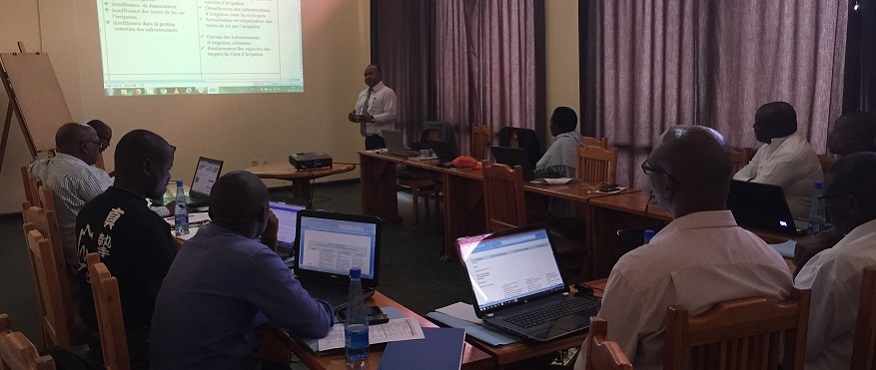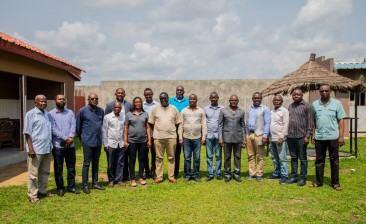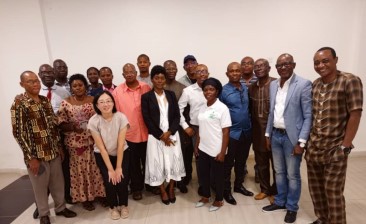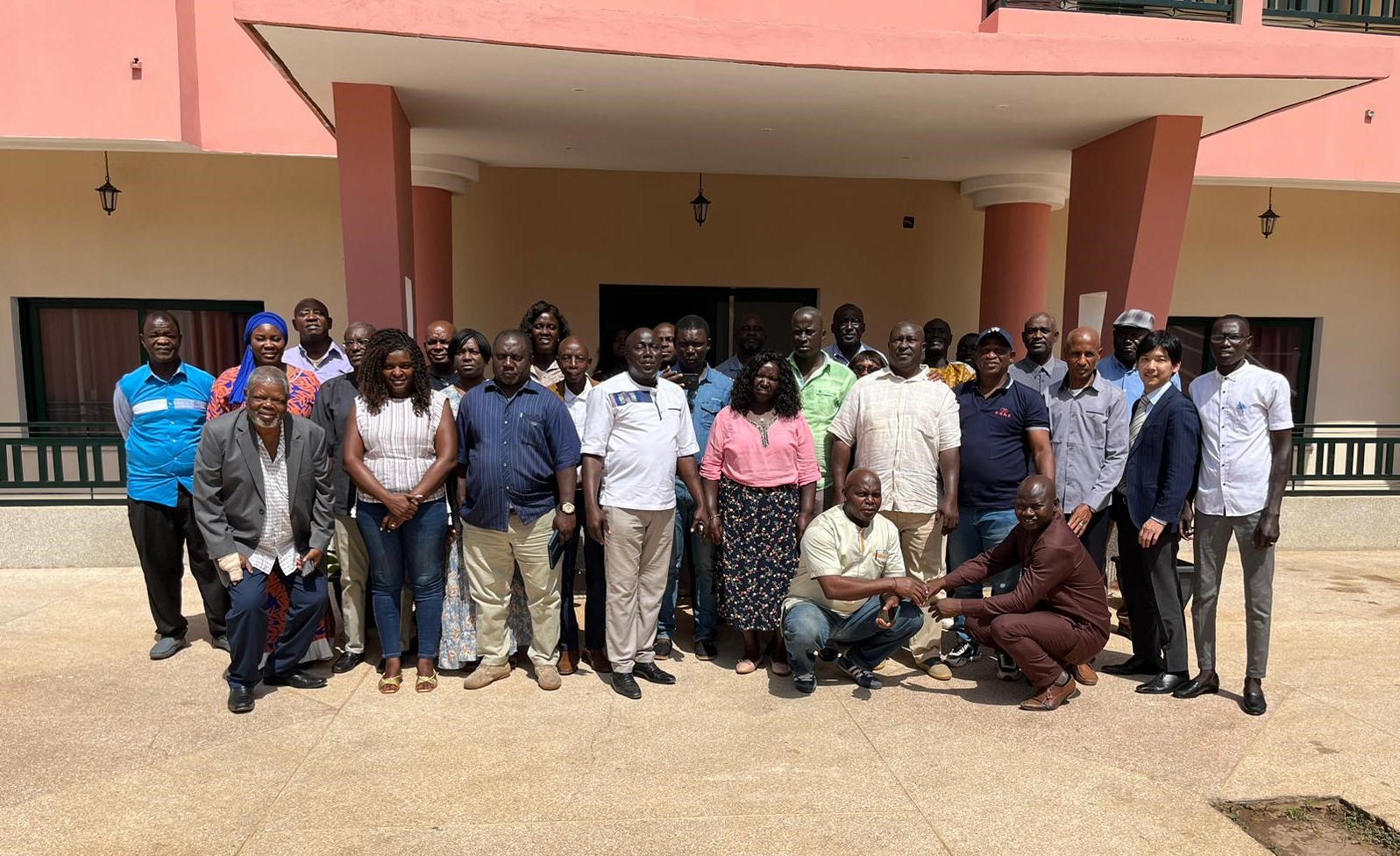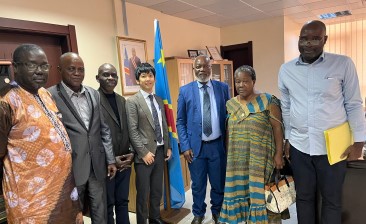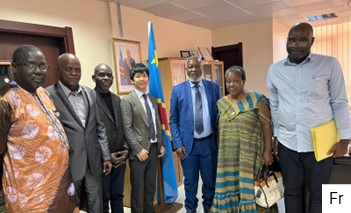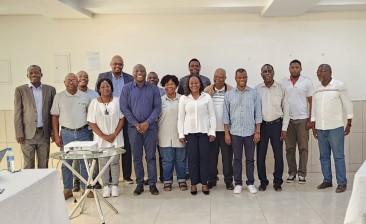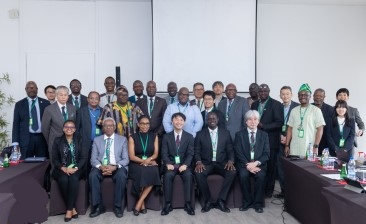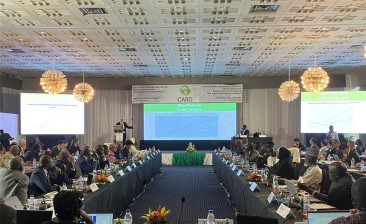Burundi, March 2019
[The CARD new member country, Burundi]
1st working week for NRDS revision was held in Bujumbura in March 2019
Burundi is one of the new CARD country members, who had already a rice development strategy, elaborated in 2014, by a team of experts, mandated by an IFAD project called PRODEFI 1 which is still ongoing. At the General Meeting in Tokyo in October 2018, a representative from Burundi’s Ministry of Agriculture informed the CARD Secretariat that his Government aimed to revise the existing NRDS, so they welcome the CARD support for this purpose. Period proposed for the first working week (WW) to revise the existing NRDS was 11th to 15th March as agreed by the CARD Secretariat.
In the first day, after participants agreed on agenda of WW, CARD technical Coordinator introduced the CARD initiative, objectives, and perspectives, mode of intervention and future of CARD activities for the next 12 years. Evolution of Rice production in terms of production volume, surface cultivated in rice and yield for 2008 and 2018 was presented by the CARD Secretariat and was commented by the participants. Pathway for NRDS revision was detailed to participants followed by questions and answers.
The second day began with a presentation of Burundi rice production evolution and progress of NRDS implementation based on expected objectives and results, by the Director of crops promotion, followed by Q/A. Then a concise summary of the existing NRDS was given by the CARD Secretariat, also followed by Q/A.
The CARD Secretariat introduced a gap analysis approach using the matrix (Sub Intervention Element Matrix: SIEM) to the task force (TF) members, giving some examples of elements of analysis of rice value chain. At the same time, The CARD Secretariat explained the TF members about the exercise of assessing rice sector performance. For this assessment, 12 participants were divided into 3 sub-groups according to their areas of competence and experience. Each group was tasked to analyze the following three sub-sectors.
– Group 1 : Seed, fertilizer, and technology dissemination
– Group 2 : Irrigation and water management, Mechanization, Quality improvement
– Group 3 : Access to market, access to credit, Policy tools
Each group identified factors of failure (weakness/threats) or of success (strength/opportunities) of every sub-sector of the rice value chain. Based on this, the persisting challenges in each sub-sector were identified and agreed among the group members. The CARD Secretariat introduced an improved format used by other countries for NRDS revision. After Q/A sessions, Burundi’s TF members decided to adopt the new format, but it was agreed that they would slightly adjust the format as required. Considering that revision of the strategy requires updating data and information all along the rice value chain, a list of data to be collected was prepared by the participants. It is also decided by the TF members who should be responsible to provide those data.
The CARD Secretariat shifted to the introduction of “RICE” approach, and gave a detailed explanation of this approach. At the end of the fourth day of WW, a road map to finalize the process until holding a national validation workshop and elaborating the prioritized project concept notes, was discussed and agreed by the TF members.
Before ending the WW, the CARD Secretariat presented some experiences and good practices from the other CARD countries (Cote d’Ivoire) and a rice project designed for 4 West African countries (Ghana, Côte d’Ivoire, Burkina Faso and Senegal).
